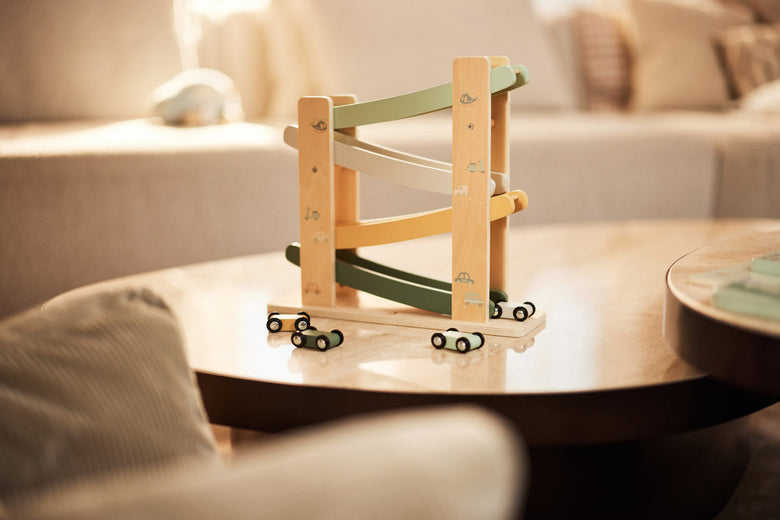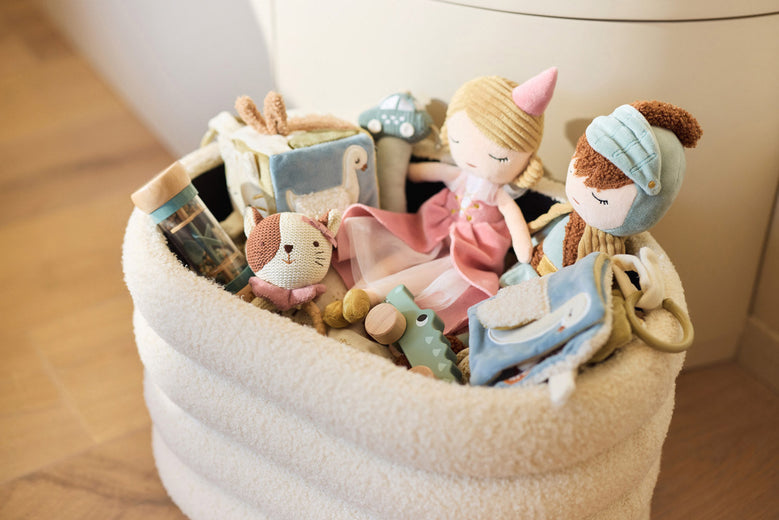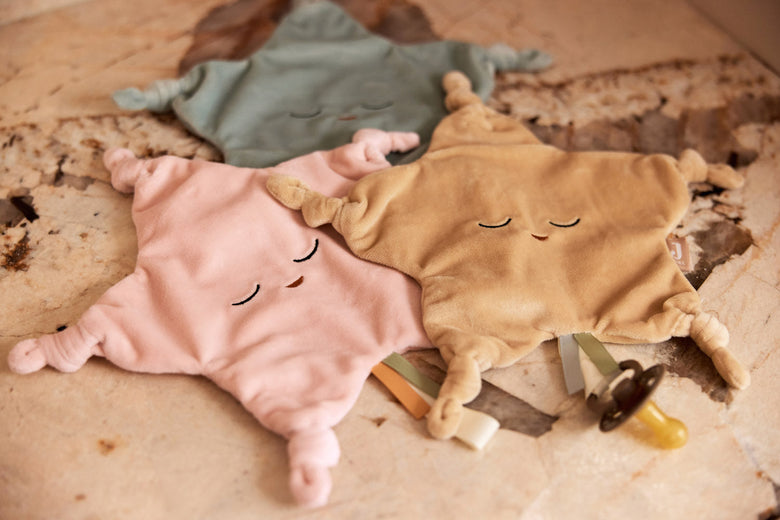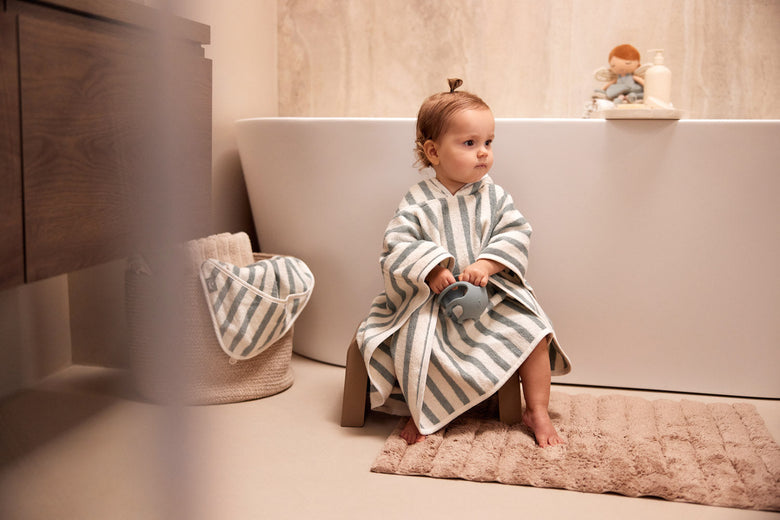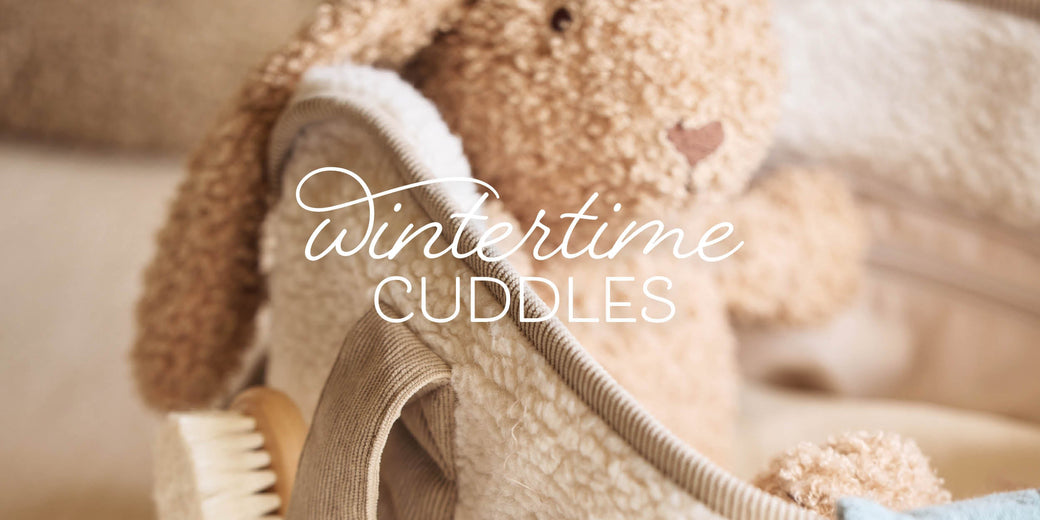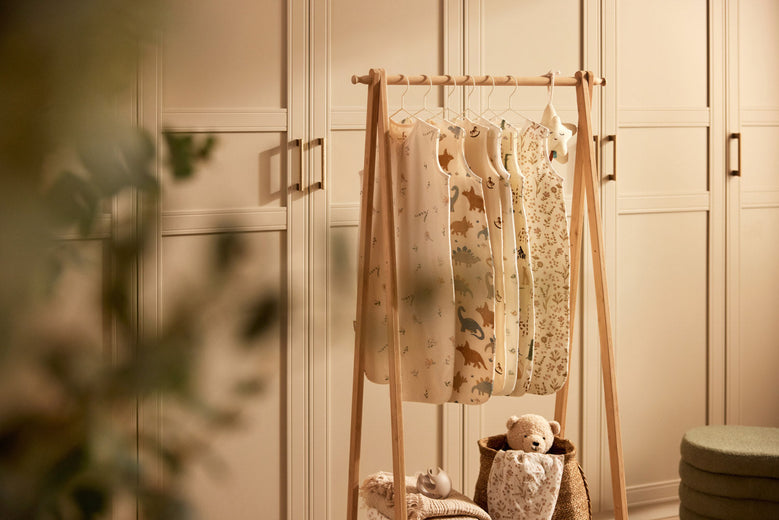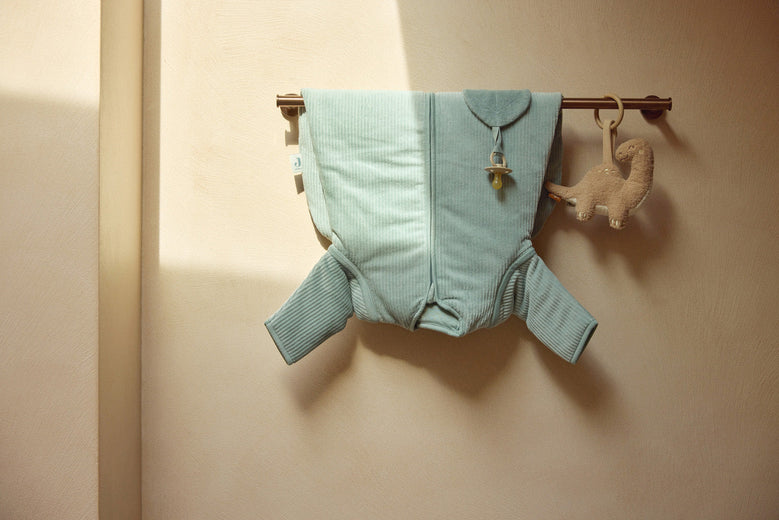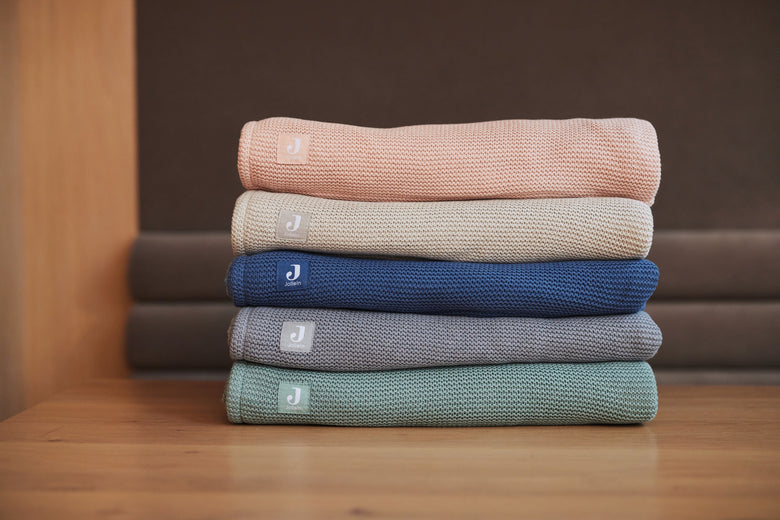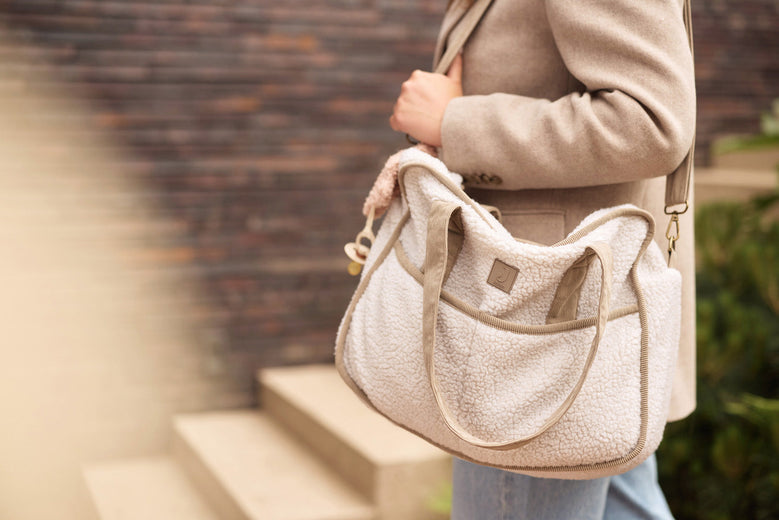From Baby to Toddler: 4 Key Developmental Areas Explained
The first years of a child’s life bring tremendous growth in every area — from a helpless newborn to an inquisitive toddler exploring the world. This period lays the foundation for the future. In this blog, educational psychologist and author Loes Waanders walks you through four essential developmental areas for children aged 0 to 4: physical, cognitive, social-emotional, and speech and language development.
Observe Your Own Child
Before diving in, remember: every child develops at their own pace. The internet is full of well-meaning advice, which can sometimes be helpful, but also overwhelming. If your child isn’t walking “on time,” it might make you feel anxious. Know that your child follows their own unique path. What your child needs most is a calm, confident parent — not one pushing them to meet arbitrary milestones. Let this blog be an inspiration, not a checklist.
1. Physical Development
At birth, a baby is completely dependent on you. In the early months, they begin discovering their body — lifting their head, rolling over, sitting, crawling, and walking by the end of the first year. Fine motor skills begin to develop too, like transferring toys from one hand to the other. Toddlers love to paint or play with cars, and by age 3, many can unbutton clothing or draw with a pencil.
2. Cognitive Development
This includes how your child processes and remembers information. A newborn mostly reacts instinctively — crying when hungry or uncomfortable. Over time, they learn through repetition: when mom says, “Your bottle is coming,” they associate her voice with feeding. Around 6 to 8 months, they begin to understand how their behavior impacts others. A toddler learns through experimentation — like noticing that a toy car goes faster on a smooth floor.
Children also imitate others. Around 18 months, they begin solving small problems independently. Between 2 and 4 years, fantasy play (like playing house) becomes common, blending reality and imagination. This can lead to nightmares or fears. Avoid using fear-based discipline (“The monster will get you”), and instead, support your child by acknowledging their feelings and imagination.
3. Social and Emotional Development
Early on, children learn how to connect with others and manage feelings. Babies experience basic emotions — happy, sad, angry, scared — but can’t express them yet. That’s why caregivers play a vital role in soothing and naming emotions, even from day one. Babies may not understand your words, but they feel your tone and presence.
Toddlers are naturally self-focused. Before age 3, they often play next to others, not with them. By 3 to 4, they begin to wait their turn and understand others’ emotions — “Mommy is crying, so she’s sad.” This is the beginning of emotional understanding, which differs from empathy (putting oneself in another’s shoes), which continues to develop until age 9 or 10. Narrating social situations helps children make sense of them — “Mats wanted the doll too, so he grabbed it.”
4. Speech and Language Development
Even before they talk, babies communicate — through crying or gestures. Parents naturally respond with soothing and speech. Though babies may not understand your words at first, they feel your reassurance. Around 7-8 months, babbling begins, and by 12 to 18 months, the first real words appear.
Language comprehension usually develops faster than speech. A toddler may understand “Give me the ball” even before they can speak. That’s why it’s important to be mindful of what you say around your child — they pick up tone and meaning quickly. Between 18 months and 2 years, toddlers often say their name and use two-word phrases. Between 2 and 3 years, these grow into longer sentences. By 3 to 4, children ask lots of “why” questions and begin answering simple ones.
Final Thoughts
This is just a snapshot of the many areas in which your child grows. Most importantly, keep tuning into your child’s unique pace. Some kids make big leaps in speech while others focus on motor skills — and that’s perfectly okay. Each child distributes their energy differently across these areas.
Loes Waanders is a child psychologist helping parents find more peace and joy in parenting, work-life balance, and self-care. She runs the largest online academy for parenting, kids & careers, and is the founder of the Parent First method. She’s also a speaker and author of the book De ontspannen ouder (The Relaxed Parent).
www.loeswaanders.com



